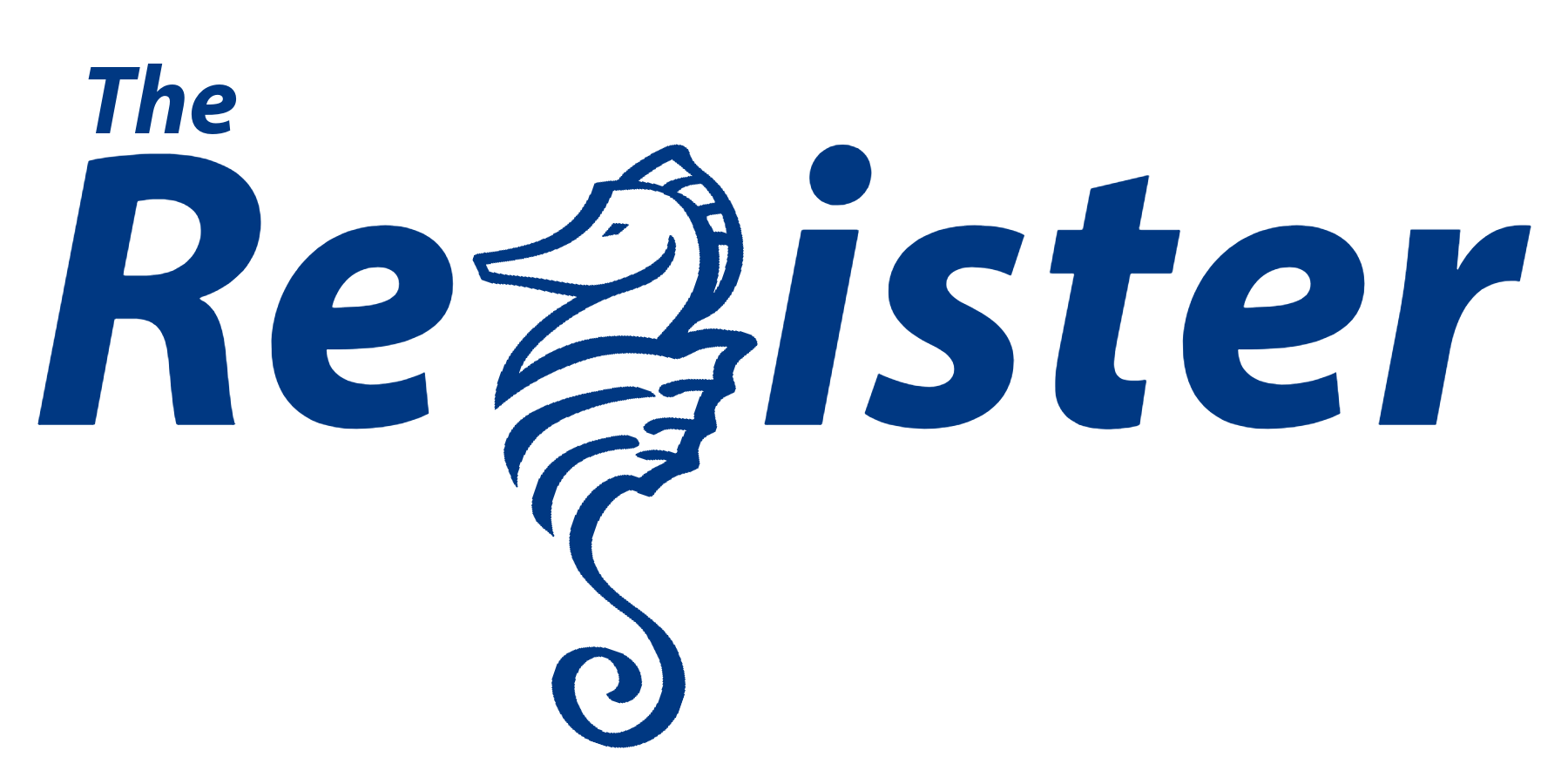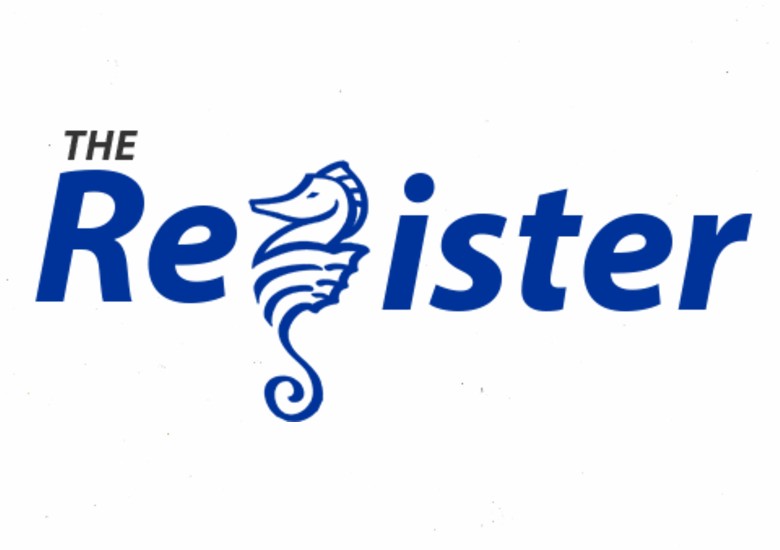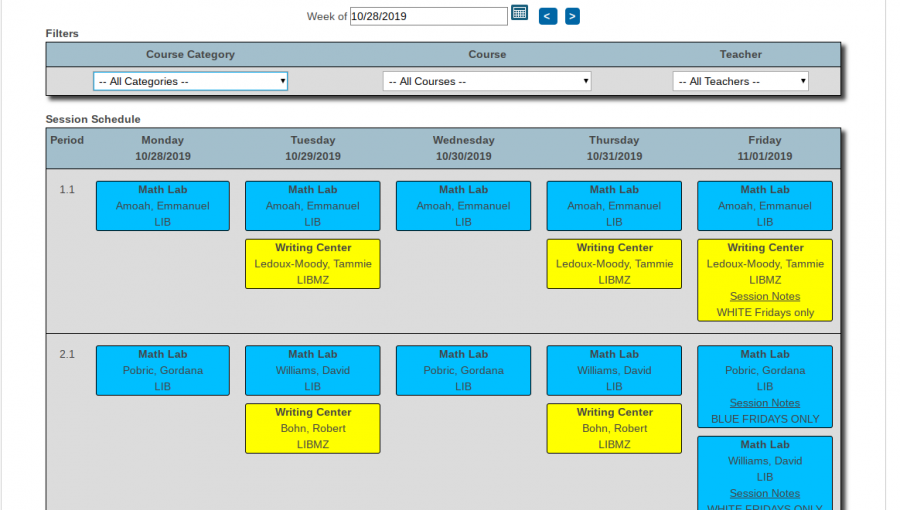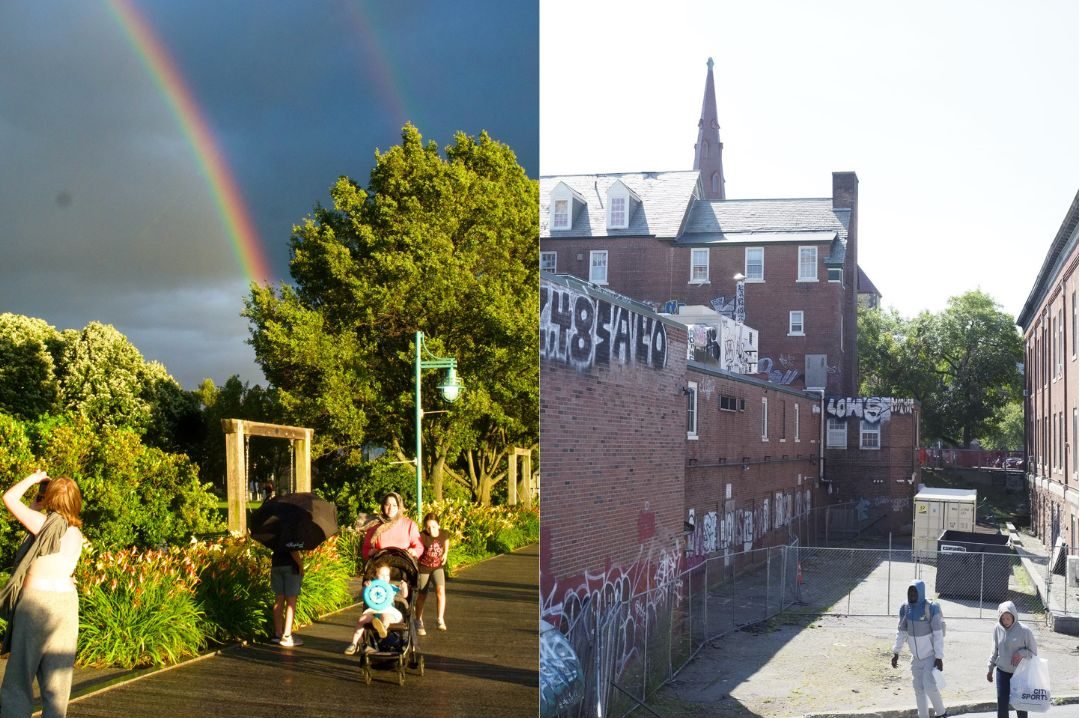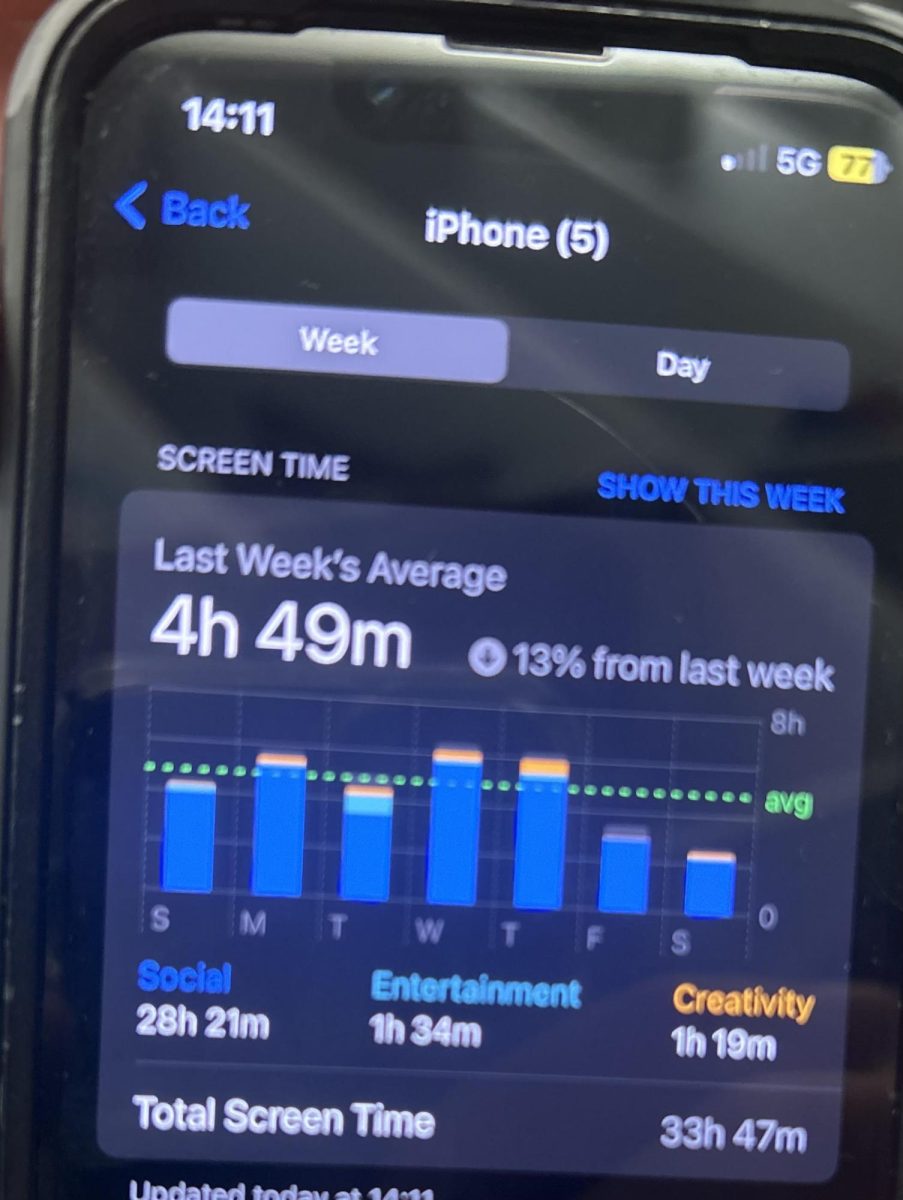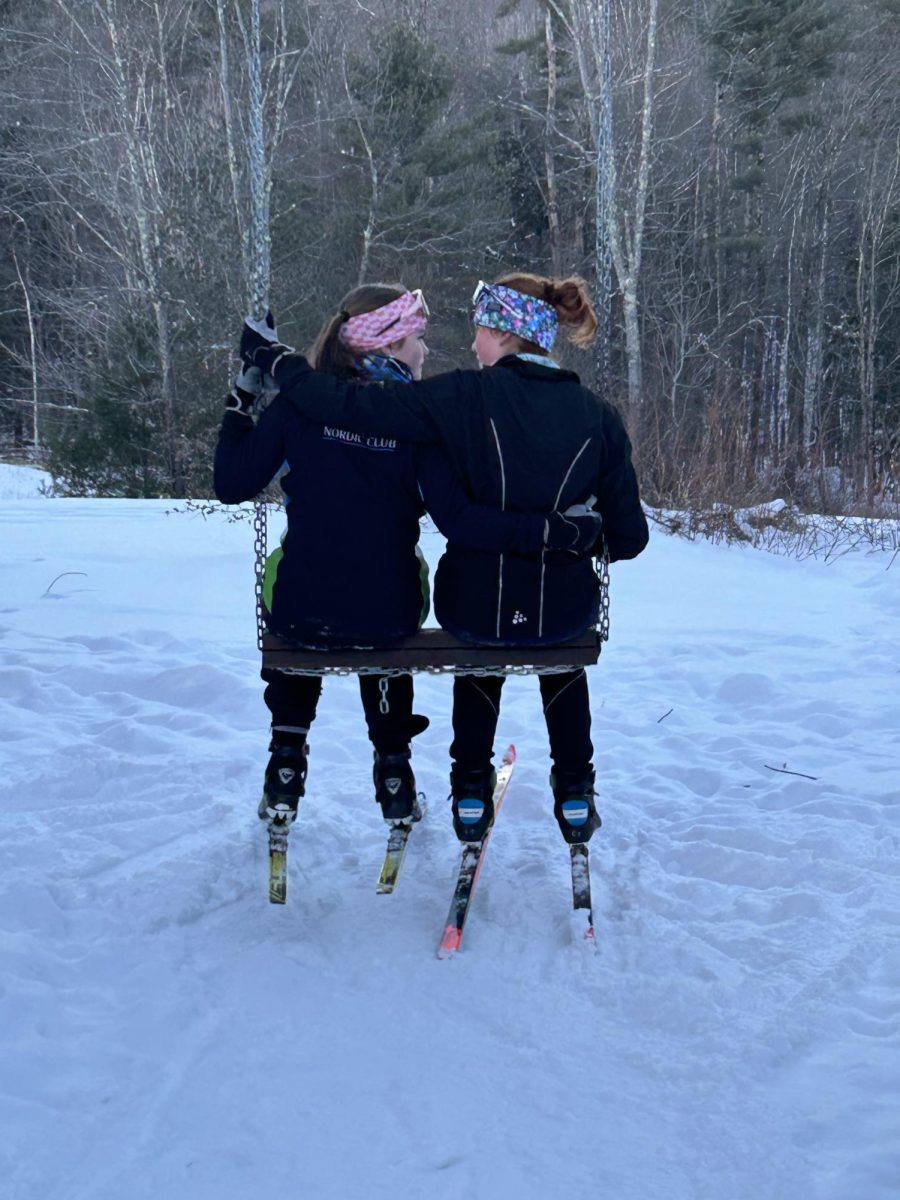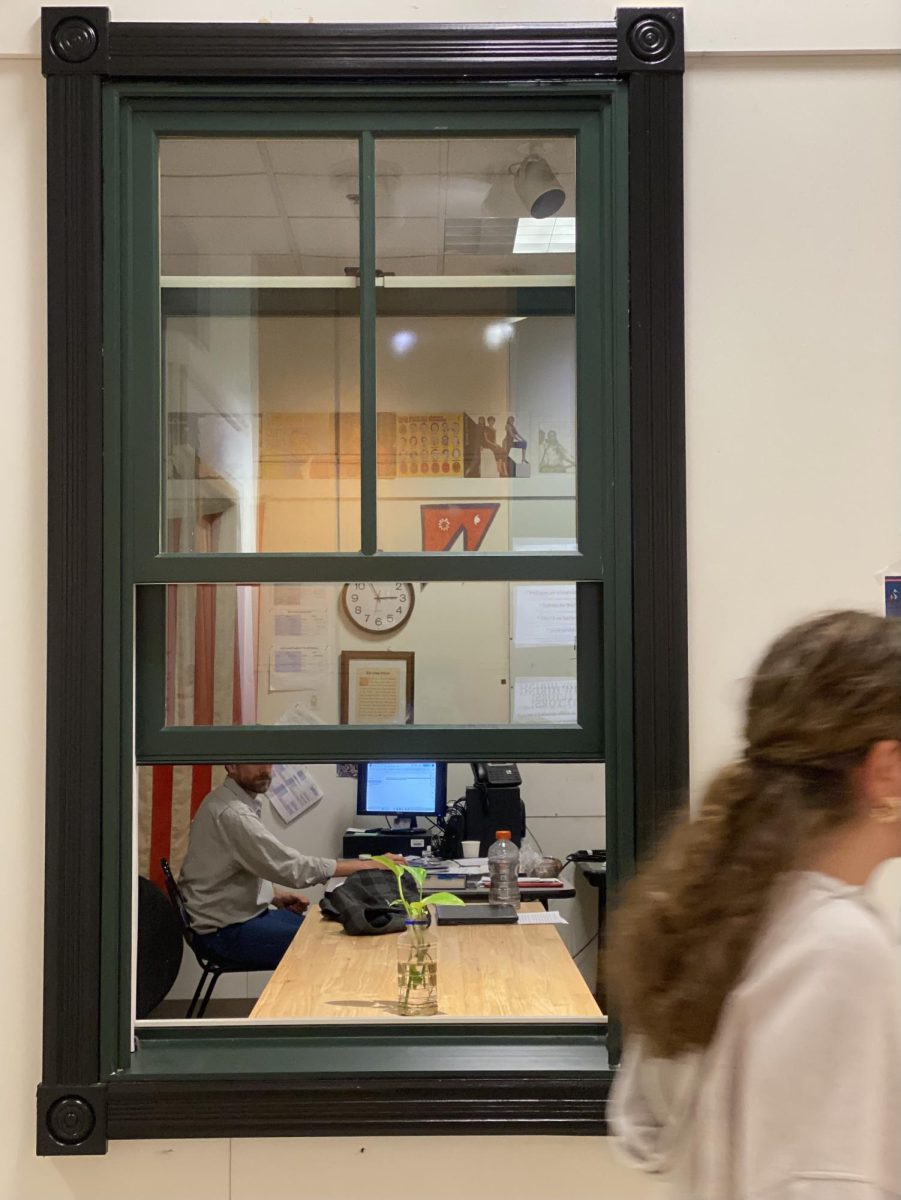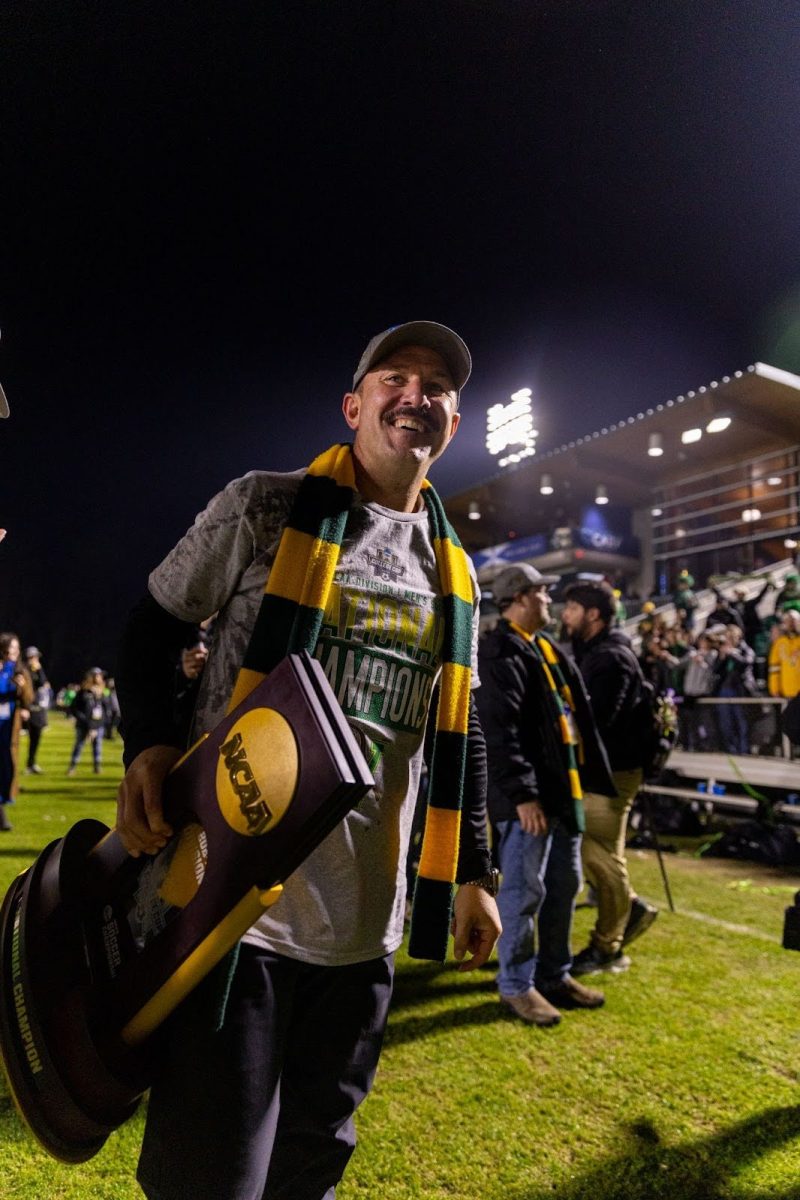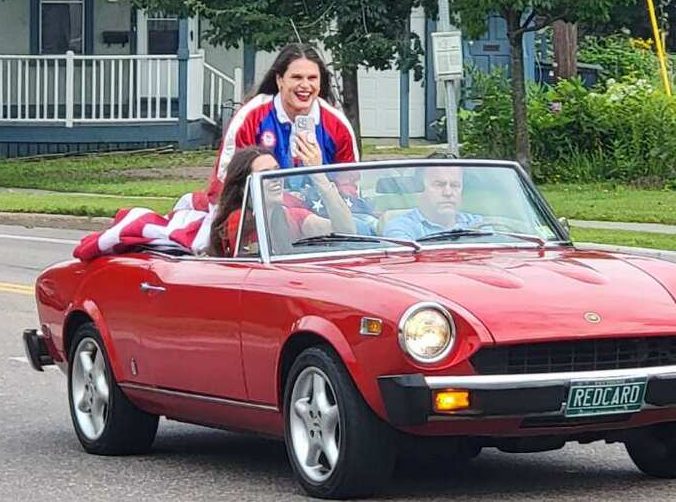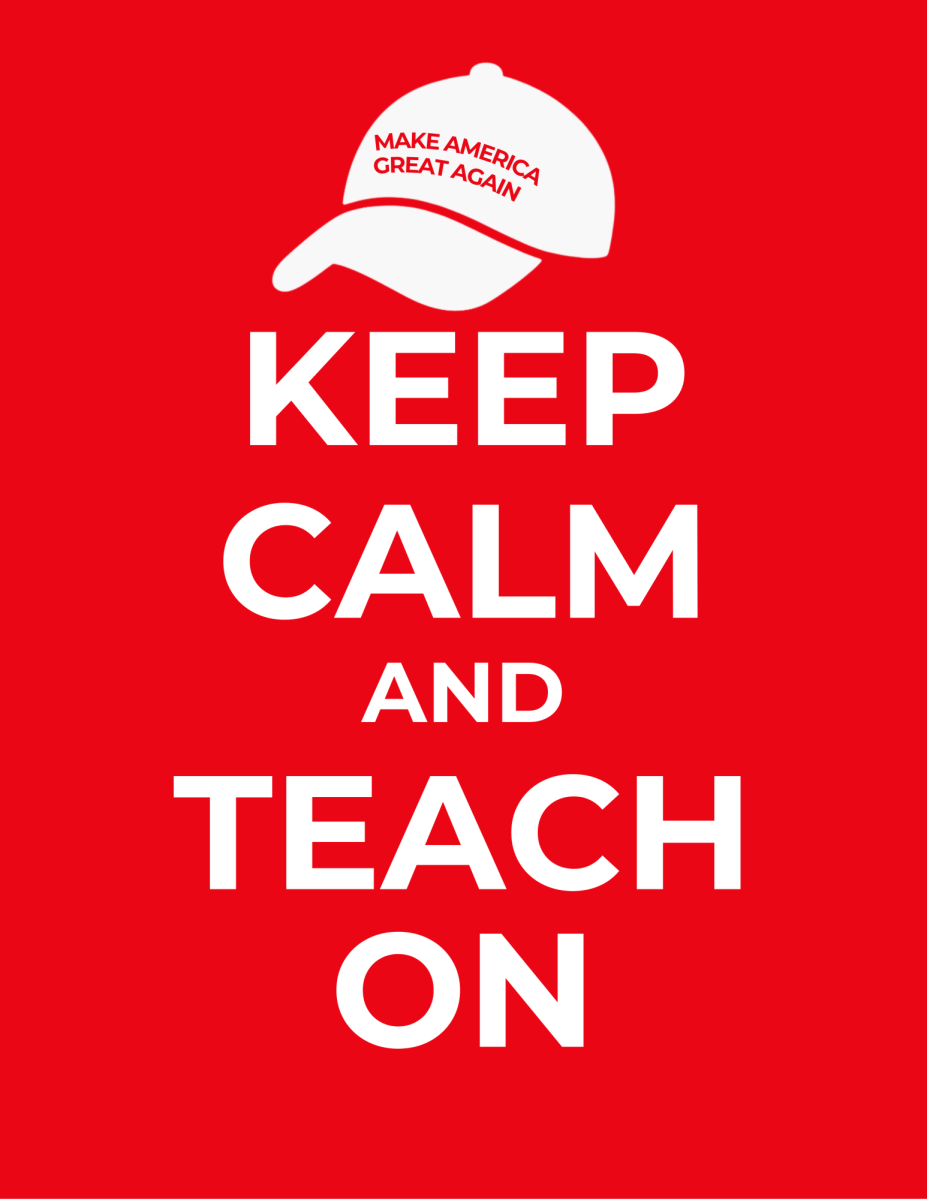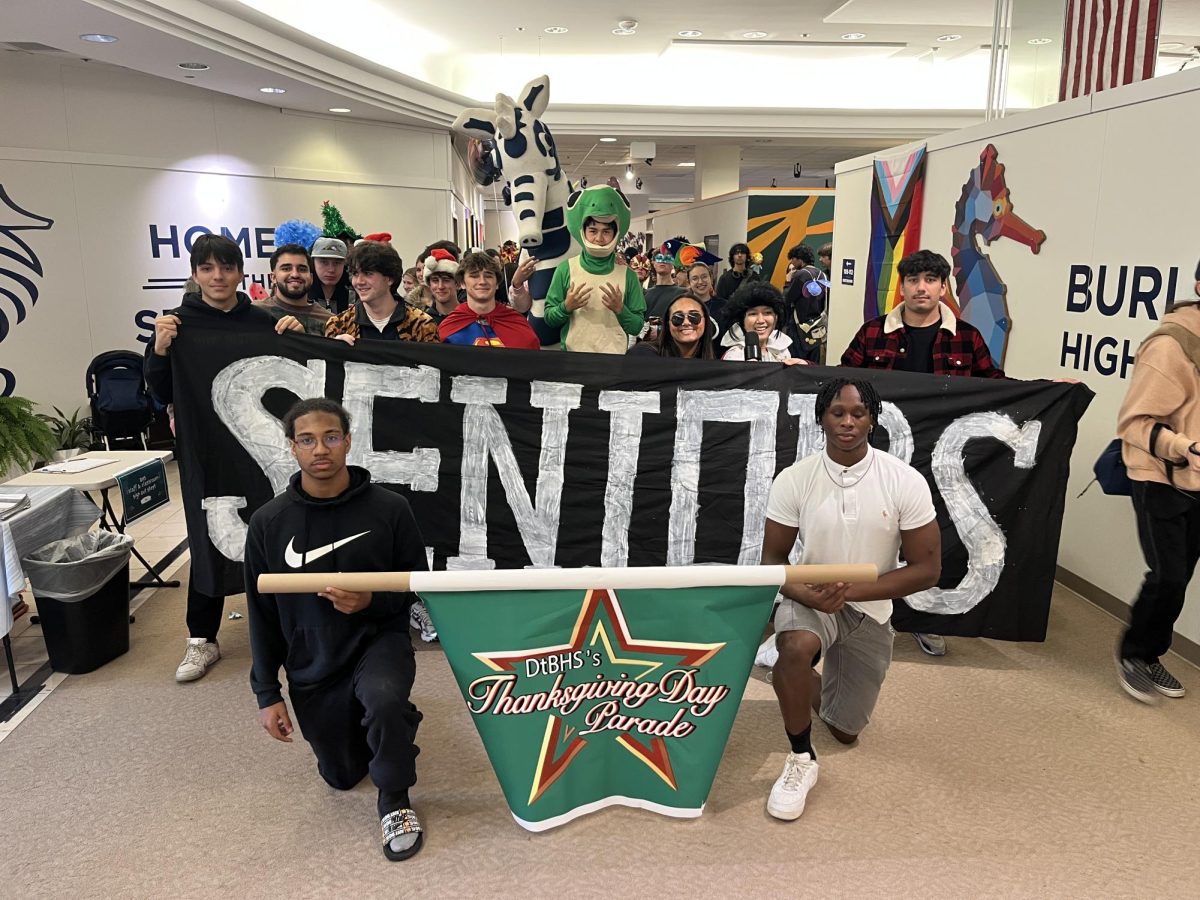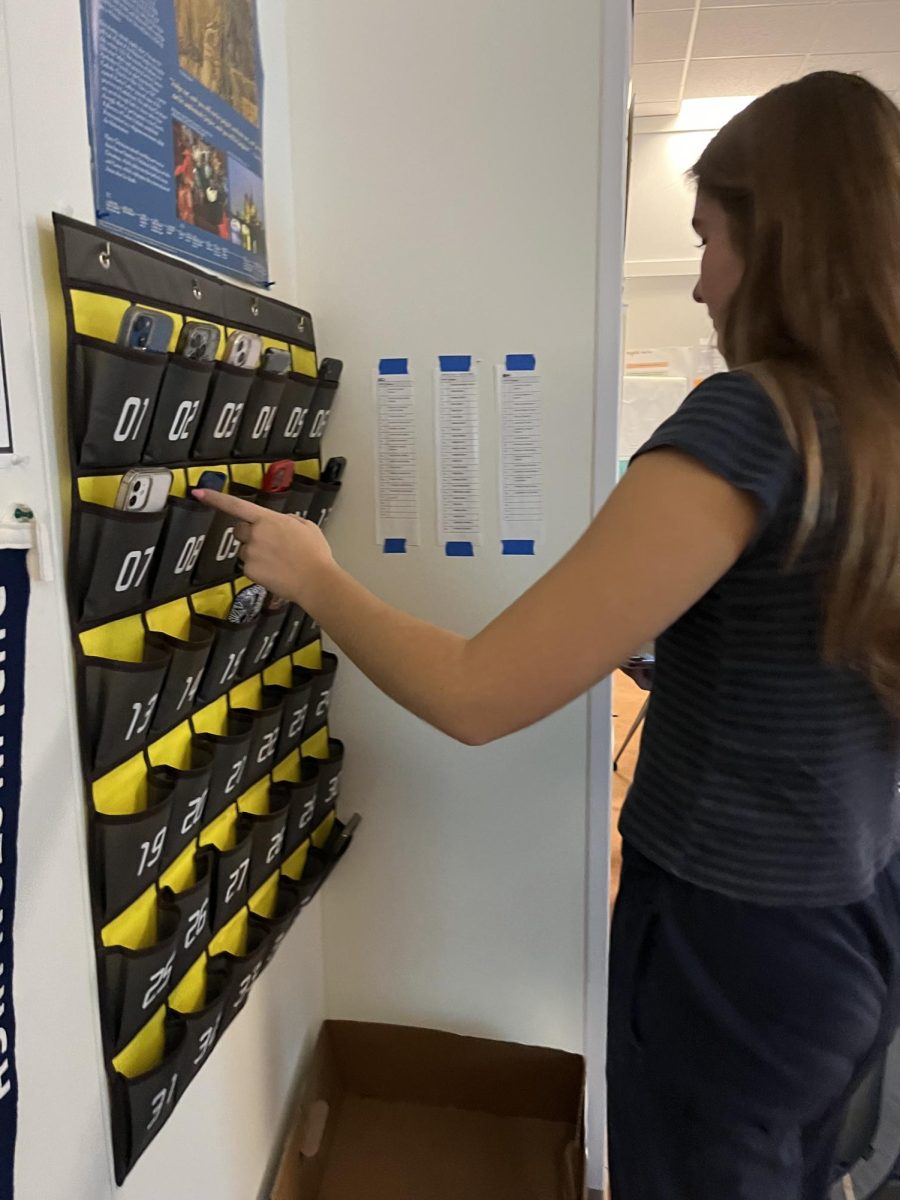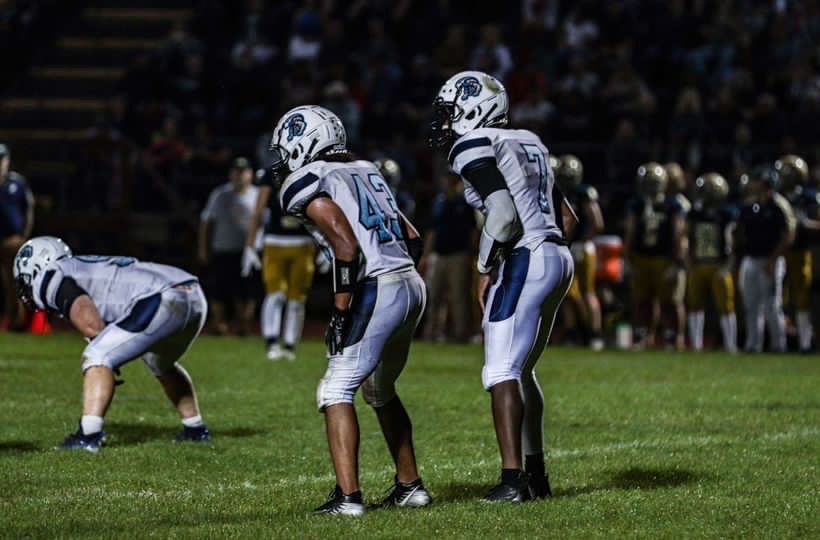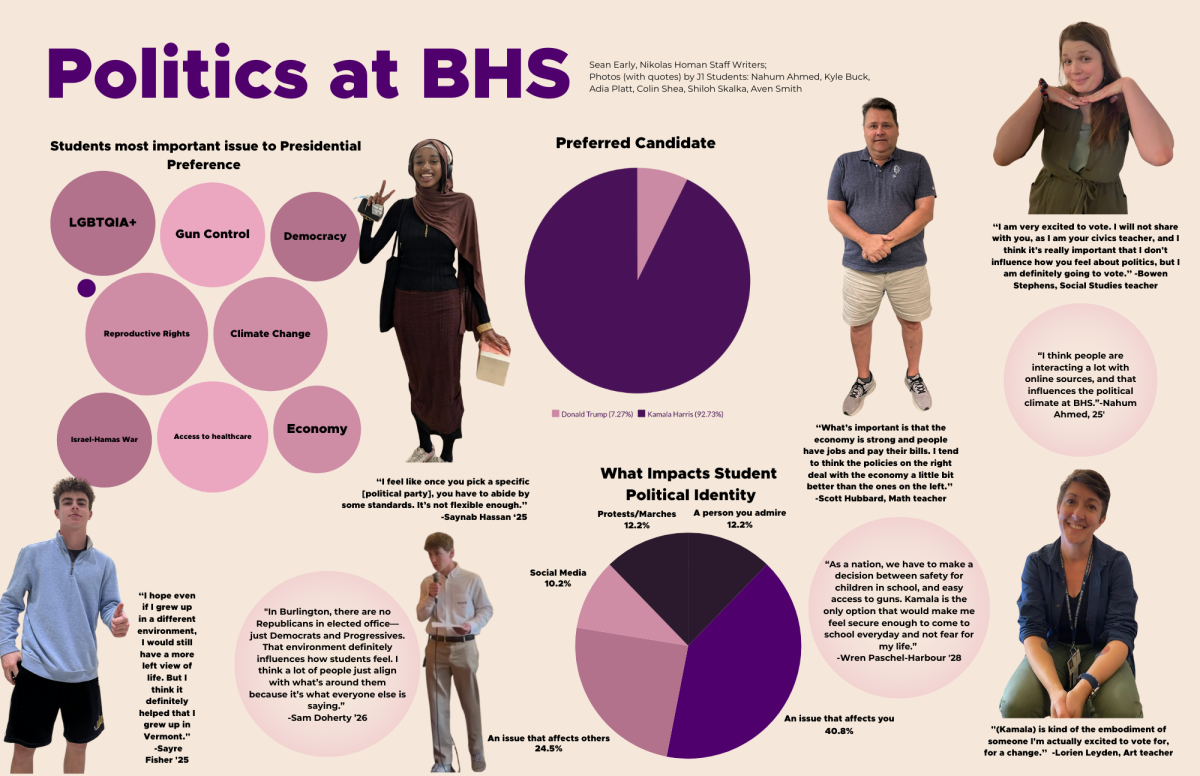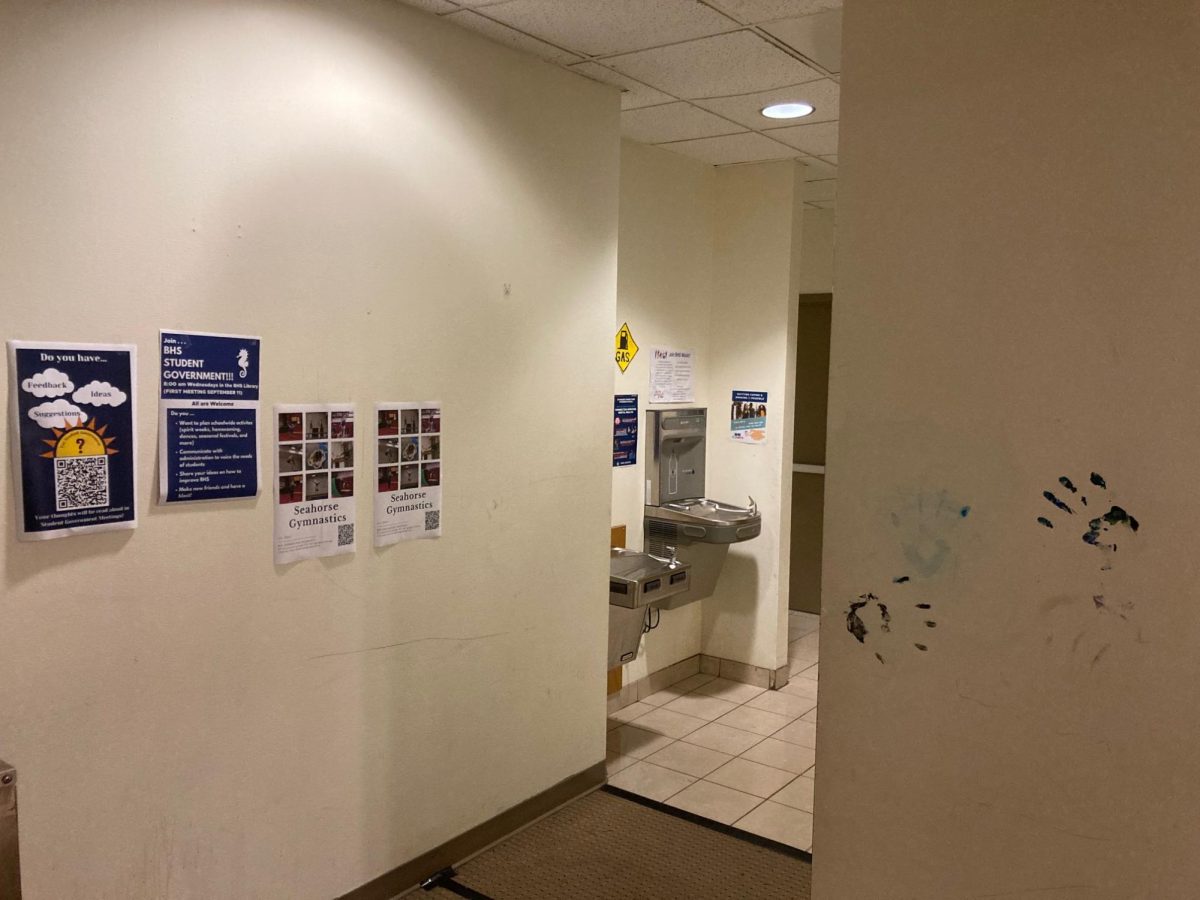During the second week of school, Burlington High School (BHS) implemented a new initiative: Flex Time. Flex time provides time during the normally scheduled advisory for students to meet with teachers. Students use the time to check in, make-up work, and finish assessments.
“For the first run of it, it went pretty well,” Gayle Bothelo said, and playfully added, “We don’t have a lot of emails!”
To Bothelo, the Proficiency-Based Learning coordinator who helped coordinate the technical roll-out of Flex Time this is a relief but not surprising. Staff and students have wanted this opportunity since Advisory began six years ago.
After advisory was well established, BHS sent teams to other high schools to scout out their different interpretations of the program. Over the last few years, turnover in administration and faculty impeded progress. The Lead Teacher Committee made final recommendations about timing and technological support to BHS administration in the Winter of 2018-19 school year.
“I’m glad that we were able to find a way, collaboratively, between administration and teachers to make this happen,” Dan Hagen, BHS’ AP U.S. History teacher said.
Now that it is here, the initial consensus is that it works.
“I’ve always had students in advisory that have wanted to see teachers and I, as a teacher, have always wanted to have the ability to request students,” Hagen said, “We have substantially fewer failures and missing assignments this year than other years. I think that’s largely due to the fact there’s follow-through now. If assignments are missing I can say “Ok I’ll request you for flex time” and we can finish it up.”
BillyRay Poli, BHS choir teacher, says Flex Time is awesome.
“I can work with my tenors who are struggling in this one section of a song that we just can’t get in class and I need more time with,” Poli said. “My ensembles are so large and I cannot give one on one instruction as much as I want. I can then call a group of 15 and really hear where their technique is at, and help them elevate it, which will then help them in class.”
Oli Oski, a sophomore, does not have much experience requesting or being requested by teachers. Thus far he has spent Flex Time in Mr. Poli’s tenor/bass choir. But Oski doesn’t mind.
“I always thought of advisory as more just chilling out than doing work but [tenor/bass choir] is helpful.” Oski said of Flex Time’s future, “I think it should become more organized. I feel like a lot of teachers, at the same time as students, don’t really understand what it’s for.”

For students and teachers who really engage in advisory activities and enjoy that time together, losing two days together may be hard.
“If it was one day a week that would be nice. If advisory is supposed to unite students together with a teacher, it’s not really doing that this year. It’s kind of ‘You go to that teacher. You go to that teacher. Oh you don’t have a teacher you can stay here,’” Ezra Totten, sophomore, said.
“I feel like advisory has shifted quite a bit, it’s not necessarily a negative thing but I am feeling a sense of maybe less connection to my advises,” Jill Kelley, English teacher, said.
Bothelo is confident that BHS will continue to refine the use of advisory and flex time to improve the BHS experience.
“In some schools, they have opportunities for student groups to meet. Some schools have privileges that they can go to the gym or the library,” Bothelo said, “I definitely see it evolving. We just need to see how it works for BHS.”
Hagen hopes that the Lead Teacher Committee follows through with an evaluation process, but is still impressed with its implementation.
“Obviously, we’re only three or four weeks into it,” Hagen said, “I hope we evaluate it, but from where I’m sitting, it’s been a great use of advisory time.”
